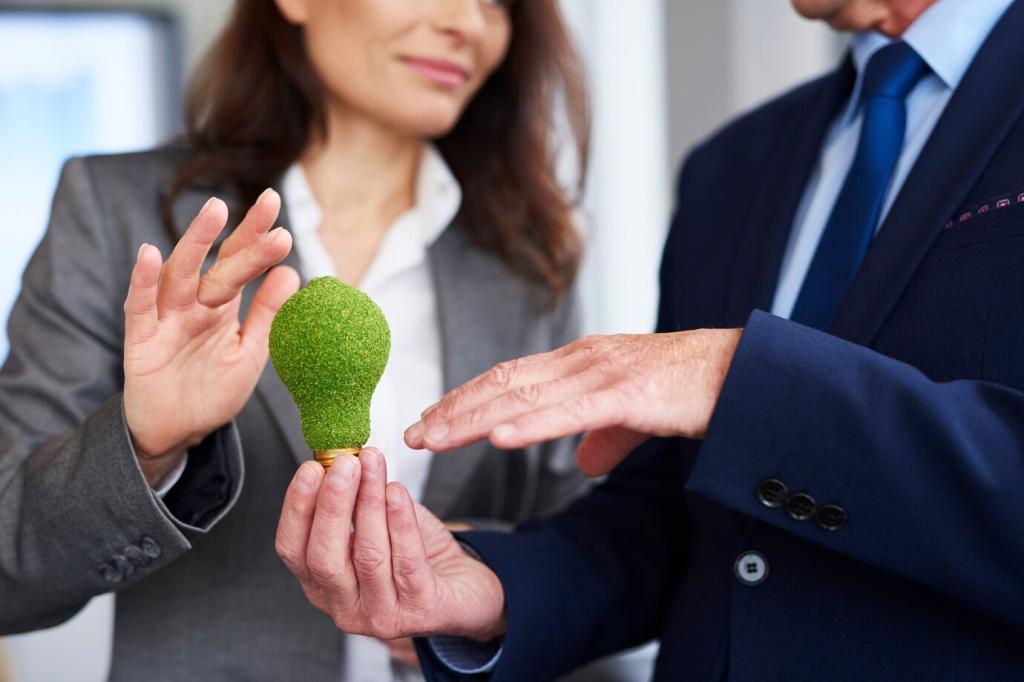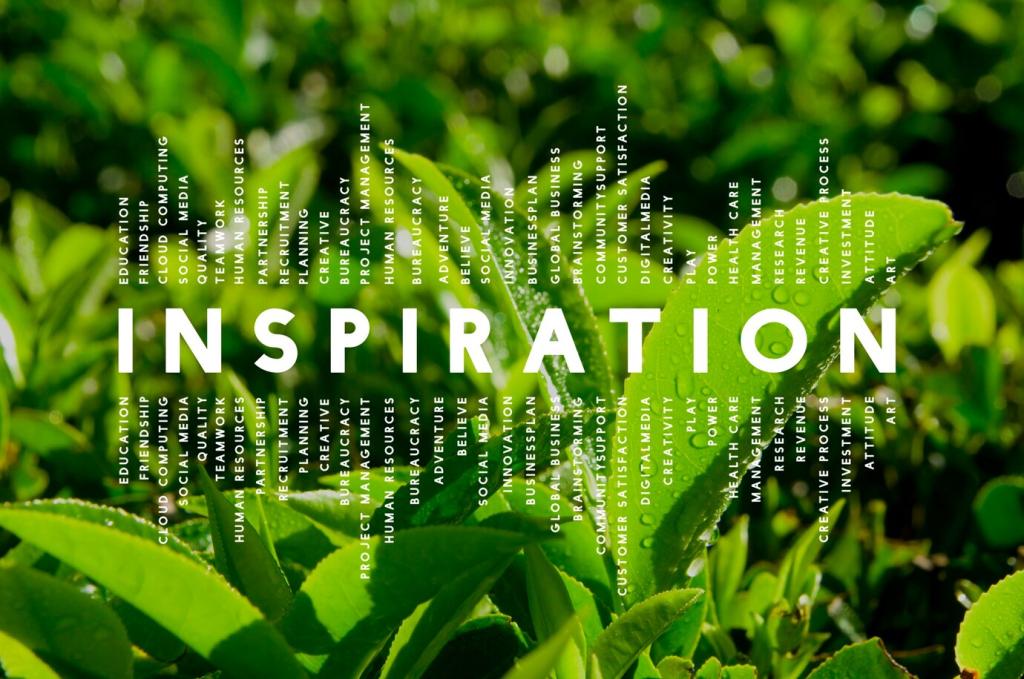
Green Bathroom Upgrades
Transforming your bathroom into an eco-friendly oasis is easier and more rewarding than ever. Green bathroom upgrades not only reduce your environmental footprint but also create a healthier, more efficient, and stylish space. By choosing sustainable materials, water-saving fixtures, and mindful habits, you can achieve a bathroom that’s both luxurious and kind to the planet. Explore how to elevate your bathroom’s sustainability and contribute positively to the environment, all while enhancing your daily comfort and wellbeing.
Sustainable Materials for a Greener Space
Recycled glass tiles are an innovative choice for environmentally conscious homeowners. Made from post-consumer or post-industrial glass, these tiles offer unique patterns and colors that elevate any bathroom design. Not only do they minimize waste in landfills, but their manufacturing process typically uses less energy compared to traditional ceramic tiles. Recycled glass is non-porous, resistant to stains, and easy to clean, making it ideal for wet bathroom environments. Installing these tiles can significantly reduce your bathroom’s environmental footprint without sacrificing style or durability. Their luminous surface also reflects light, helping to brighten the room and create a more inviting atmosphere.
Water Conservation Strategies

High-Efficiency Toilets
Upgrading to high-efficiency toilets is one of the most effective ways to reduce water usage in the bathroom. Modern toilets use substantially less water per flush compared to older models, often employing advanced flushing systems that maintain or even improve performance. Dual-flush toilets offer users flexibility to choose between a low or higher water volume depending on need, which can save thousands of gallons annually. Over time, the benefits extend beyond environmental savings, reducing water bills and contributing to the overall sustainability of your home. Making this switch is a practical and impactful step towards a more water-conscious lifestyle.

Low-Flow Showerheads
Traditional showerheads can use an excessive amount of water during every use, but low-flow showerheads are engineered to deliver satisfaction with a fraction of the resource. These fixtures maintain strong, comfortable water pressure while limiting the gallons per minute passing through. Many models incorporate air infusion technology or precision engineering in their nozzles to create a full, invigorating spray that rivals conventional options. Installing a low-flow showerhead is a simple, affordable upgrade that can make a meaningful dent in your household’s water consumption. Not only do you conserve water, but you also lower your energy use by reducing the amount of hot water needed.

Faucet Aerators and Timers
Adding faucet aerators and implementing timers in your bathroom routine are effective measures for further water conservation. Faucet aerators mix air with water flow, reducing the amount of water used without diminishing the perceived pressure or effectiveness. This small add-on is inexpensive and can be easily retrofitted onto most existing faucets. Additionally, installing timers or adopting habits that limit shower and faucet usage encourages mindful consumption and reinforces sustainable behaviors. Whether you live alone or with family, these devices and practices add up to significant water savings over time, making your bathroom upgrade both green and practical.
LED Lighting Solutions
Switching to LED lighting is a cornerstone of eco-friendly bathroom design. LED bulbs consume far less electricity than incandescent or halogen alternatives and last significantly longer, reducing waste and replacement frequency. Their versatility allows for customizable lighting schemes, from task illumination around mirrors to ambient lighting that sets a relaxing mood. LEDs also produce less heat, making your bathroom safer and more comfortable, particularly in compact spaces. Embracing LED lighting not only lowers your energy bill but also ensures your bathroom remains modern and efficient for years to come, all while reducing greenhouse gas emissions.
Natural Lighting Design
Incorporating natural lighting into your bathroom layout is a simple yet highly effective way to reduce energy demands. Strategies such as installing skylights, solar tubes, or enlarging windows can flood the space with daylight, diminishing the need for artificial lighting during most of the day. Natural light enhances the bathroom’s aesthetic and supports health and wellness by regulating circadian rhythms and boosting mood. When well-planned, window placements will optimize privacy while maximizing light, making your bathroom feel larger and more organically connected to the outdoors, all with a reduced reliance on electricity.
Efficient Ventilation Fans
Proper ventilation is essential to controlling humidity and maintaining air quality in bathrooms. Energy-efficient ventilation fans are designed to move air effectively while consuming a minimal amount of electricity. Modern fans often include features like humidity sensors, timers, and quieter operation, ensuring optimal performance with the least environmental impact. By upgrading to an efficient model, you decrease the risk of mold and mildew, preserving the condition of your green materials and finishes. These fans help maintain a healthy, comfortable bathroom environment while contributing to your home’s overall energy savings.
